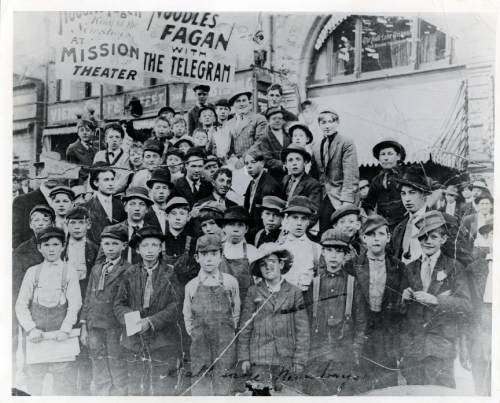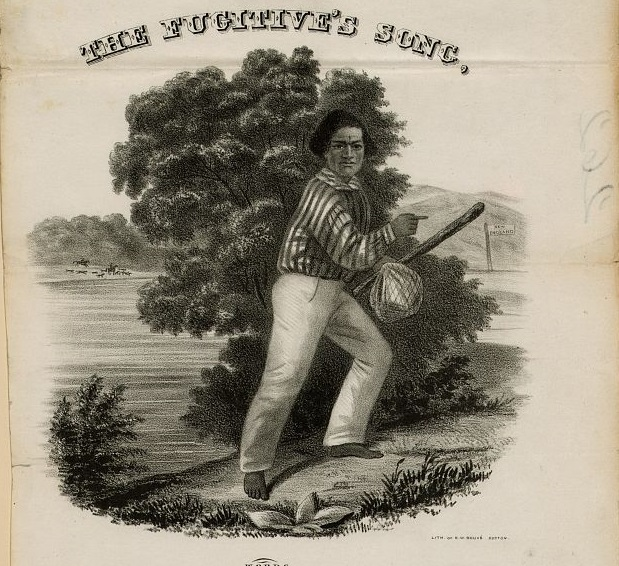When Erma didn't have her nose in books and focusing on her academics, she was busy practicing her tapping and vocal skills. When she began junior high school, Erma began to write for the newspaper, humor was always included. When she began her high school experience, Erma decided she wanted to work for a real deal newspaper, so she walked into the Dayton Herald asking for a job. She was only 15 at the time and the paper was looking for full time employees, but that didn't stop Bombeck for convincing the newspaper to take her one; she had promised the editor that she would work two weeks while off of school and a girl she knew would work the two weeks when Bombeck was in school, it would be just like having a full time employee. And just like that, Bombeck had a career working with newspapers as a copygirl. It was actually while she was working for the Dayton Herald that she interviewed Shirley Temple, they were both 16 at the time. Her article written about the experience had won her a spot as the columnist of the week. After finishing high school, Erma decided to continue her education at Ohio University, but left after failing multiple classes and being rejected by the school newspaper. She felt lost, until she went to University of Dayton and met a mentor that encouraged her to get back to writing and to join the newspaper there. She did and she was a success! She did have some time to stop focusing on her studies when she wrote letter to Bill Bombeck during his time deployed in the Korean War, the two began to date when he returned safely and married in 1949. After graduating and getting married, the Bombeck's were ready to begin a new adventure together; building a family. The only problem was Erma was told she was unable to conceive and carry a child to term. So, in 1953 a little girl to be named Betsy was adopted by the couple. Erma decided to focus on the family she loved so much and turned to focus on her responsibilities as a housewife. Her journalistic dreams were to be put on hold for a while, especially after she miraculously gave birth to a son in 1956 and just two years later another son. Their family was finally complete, so they decided a change of scenery was needed; Centerville, Ohio was ready to welcome Bill, Erma, Betsy, Andrew, and Matthew Bombeck to the neighborhood. While living in Centerville, Erma became friends with many other housewives who would get together and complain about how women were represented in the newspapers. Erma decided she could change that and went to the Kettering-Oakwood Times to request a job. The editor was so flattered by the way she asked, she was hired to write a weekly column paying $3 a week. She began writing for the women's pages, but instead of just writing them to make her editors happy she wrote them with humor to make readers happy. Just a year after working for Kettering-Oakwood, Erma's old employer, the Dayton Herald, was looking for a new columnist and they wanted Erma. She agreed to writing two weekly 450 word columns at $50 a week. After just a few weeks Erma's pieces were being syndicated through the Newsday National Syndication with her columns in 36 national newspapers, these articles were title At Wits End.
Erma Bombeck quickly became a household name as a humorist and in 1966 she began to do lectures in many different cities that her columns were published. She made a few appearances on a radio show, Arthur Godfrey's radio show, and soon became a reoccurring guest. By 1969, Erma's work was being published in five hundred newspapers around the nation, she hired an agent and soon started writing work for Good Housekeeping, Reader's Digest, Teen magazine, and more! With her success her family decided it was time to move to a bit nicer place, and so the family moved to Phoenix, Arizona. Erma was doing better than ever with 900 newspapers printing her byline around the world. She published a book, The Grass is Greener on the Other Side of the Septic Tank, which became a best seller and led to her writing and publishing many more books. Book stores weren't able to keep them on the shelves long enough. Her success didn't stop there, Erma was asked to join Good Morning America, she agreed and at first only did commentaries, but eventually she started recording gag segments and serious interviews.


















